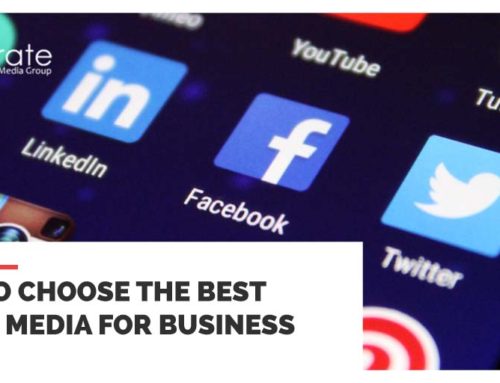Video transcription
Hi Socialites!
My name’s Kelsey! Welcome to a brand-new episode of Social in 60 seconds!
No, nothing’s wrong with your screen.
I’m in the dark to talk about this week’s topic: Dark Social.
The term “dark social” was coined in 2012 and refers to when people share content through private channels such as WhatsApp, WeChat, and Facebook Messenger, email, native mobile apps like Facebook and Instagram, and secure browsing.
Basically, think about how many articles or memes you’ve emailed a friend (or even yourself) to view later. Perhaps it’s a silly dog meme that you don’t want to share with the world but know your spouse would get a kick out of. Or even a political post that you’d rather read in private than debate publicly on Facebook.
Congratulations, you’ve just engaged in “dark social.” And you’re not alone. Dark social has been reported to be responsible for 84 percent of outbound sharing.
Many marketing experts believe 2020 is the year of dark social and that it’s a good thing for businesses and marketers alike because it’s everywhere, has a huge impact on traffic, is a spectacular marketing opportunity, reaches unique demographics, and is prevalent in many industries.
Are you still afraid of the dark? Don’t be. You need to start measuring dark social and here are 3 ways to do it:
Use shortened URLs for outbound links in your content to get a deeper analysis of the engagement rates, make sharing easy by thoughtfully arranging the share buttons on your website so that they are easy for visitors to spot, and use dark social tools like ShareThis or GetSocial to track dark social traffic origins and analyze their outcomes.
Want to stay current and trendy on all things digital? Please make sure to stay social with us by clicking on the subscribe button. And, as always, make sure your brand has a social life.
Bye, guys!
[/fusion_text][/fusion_builder_column][/fusion_builder_row][/fusion_builder_container]



